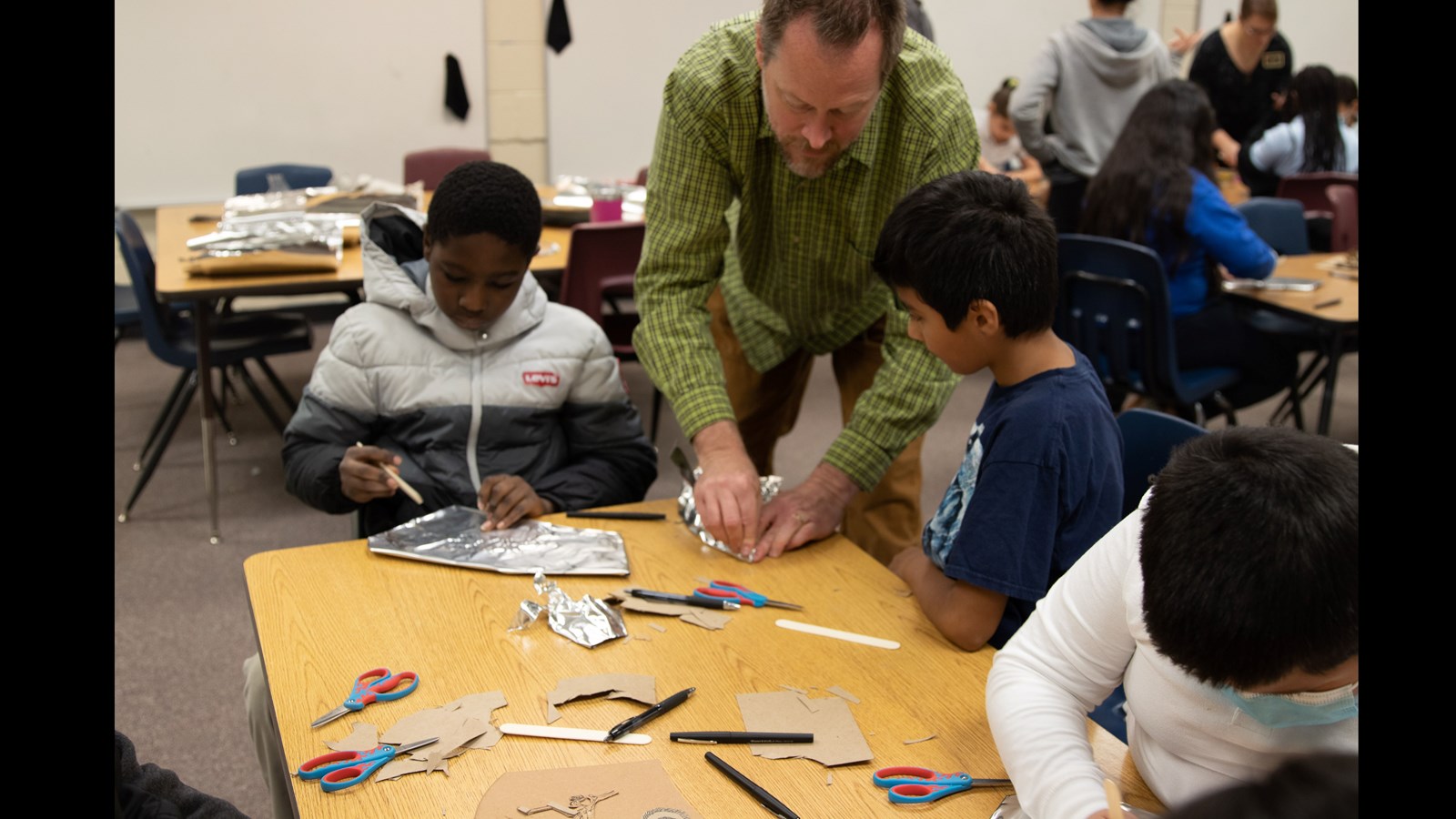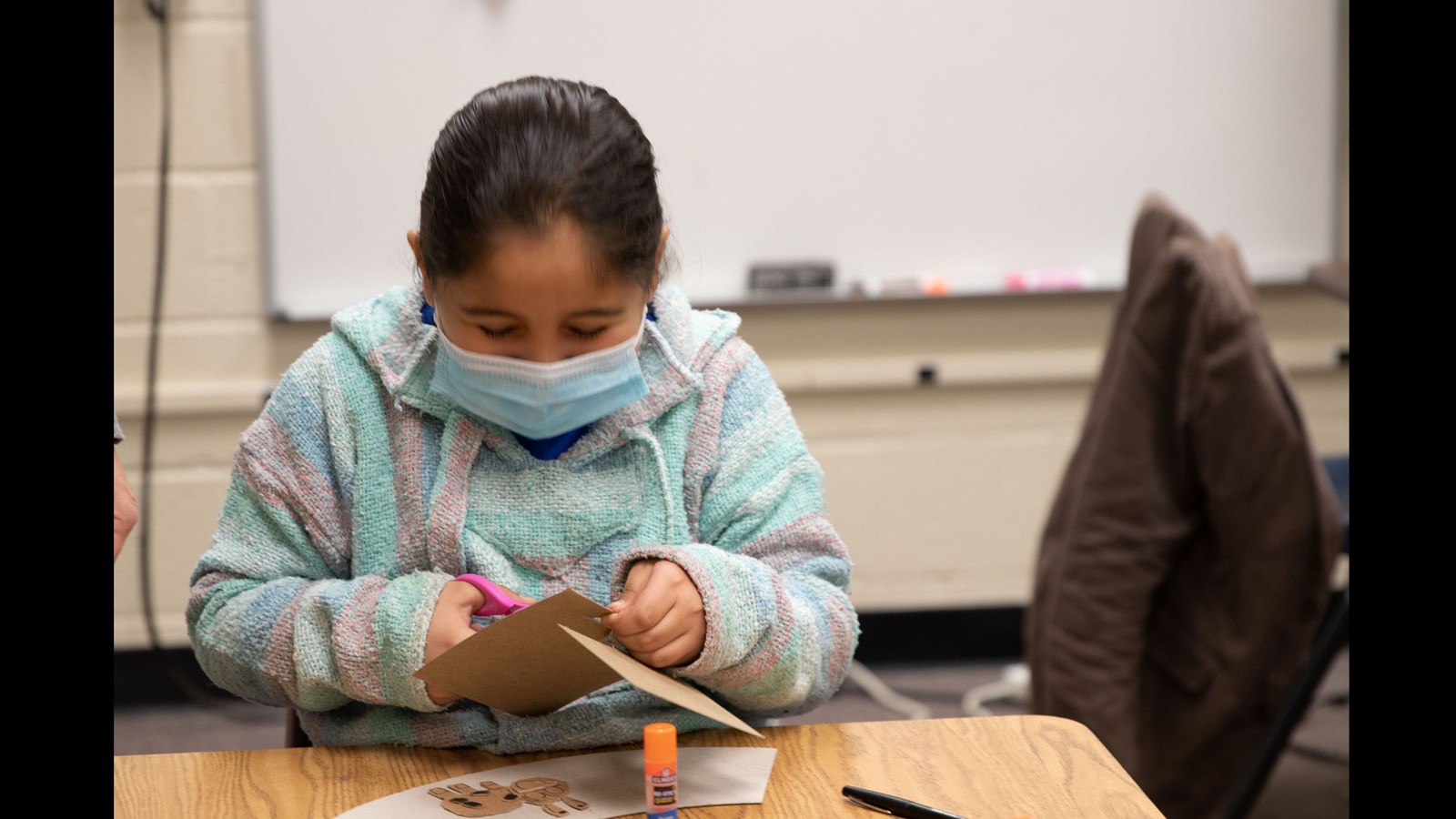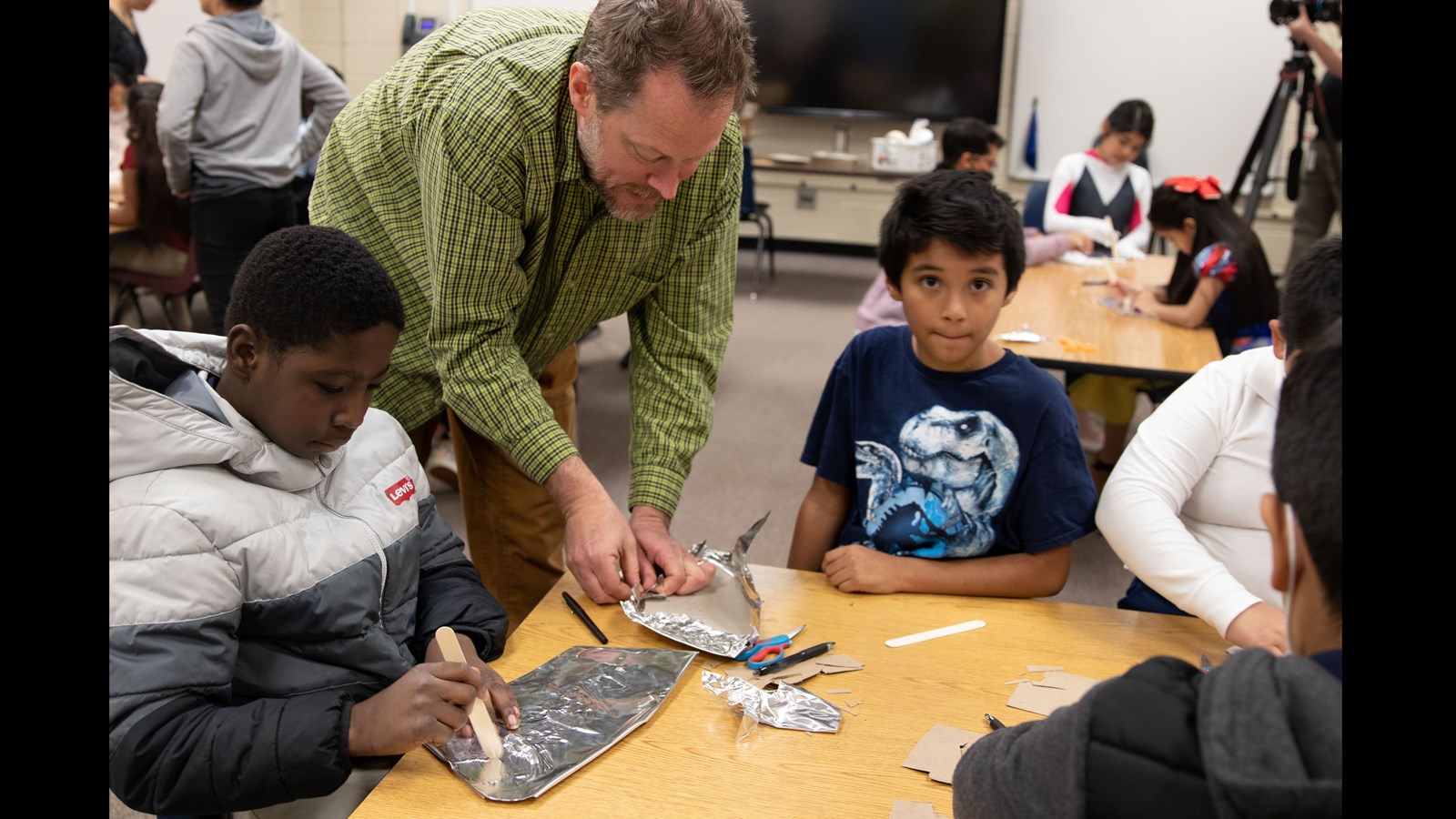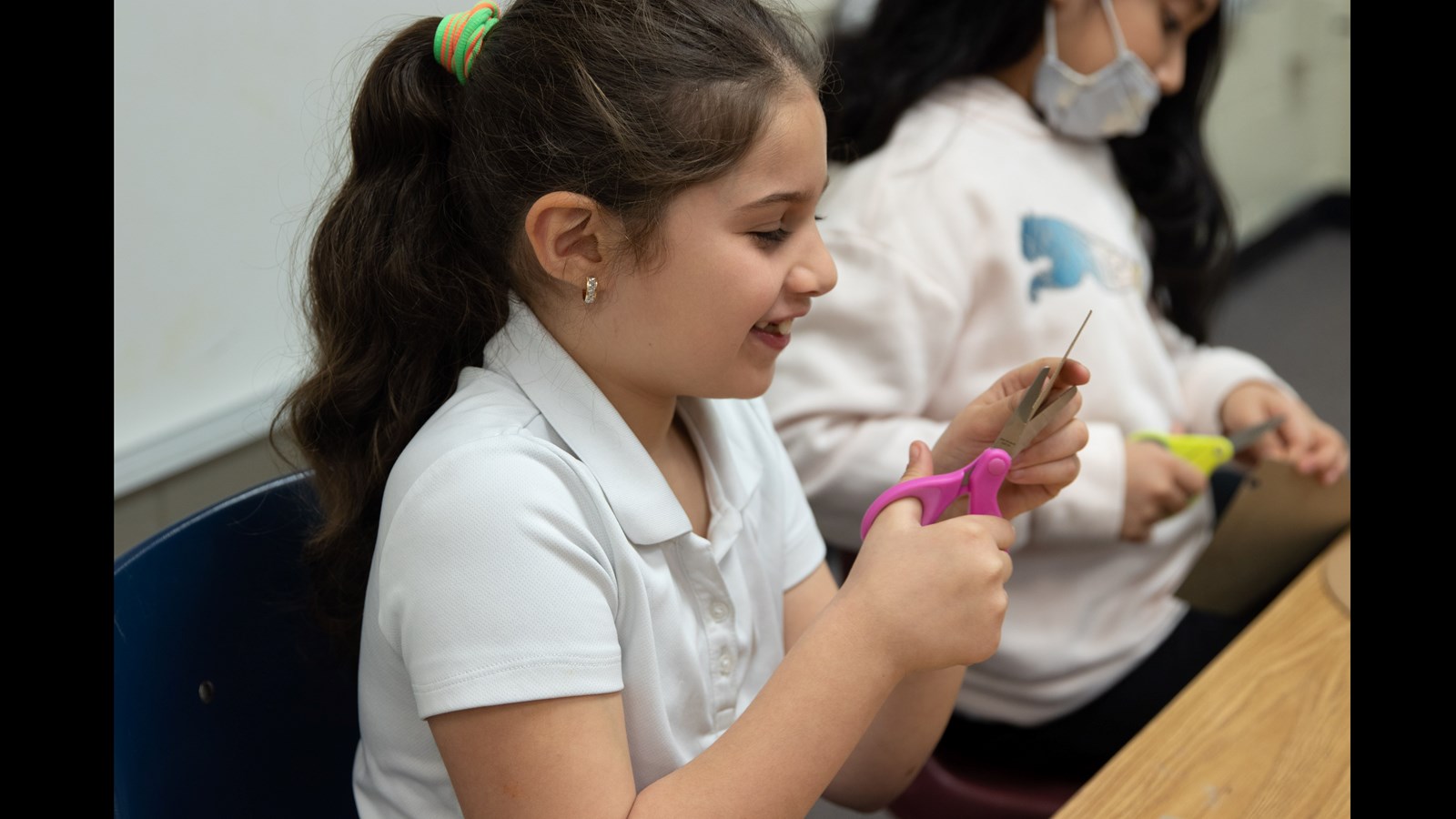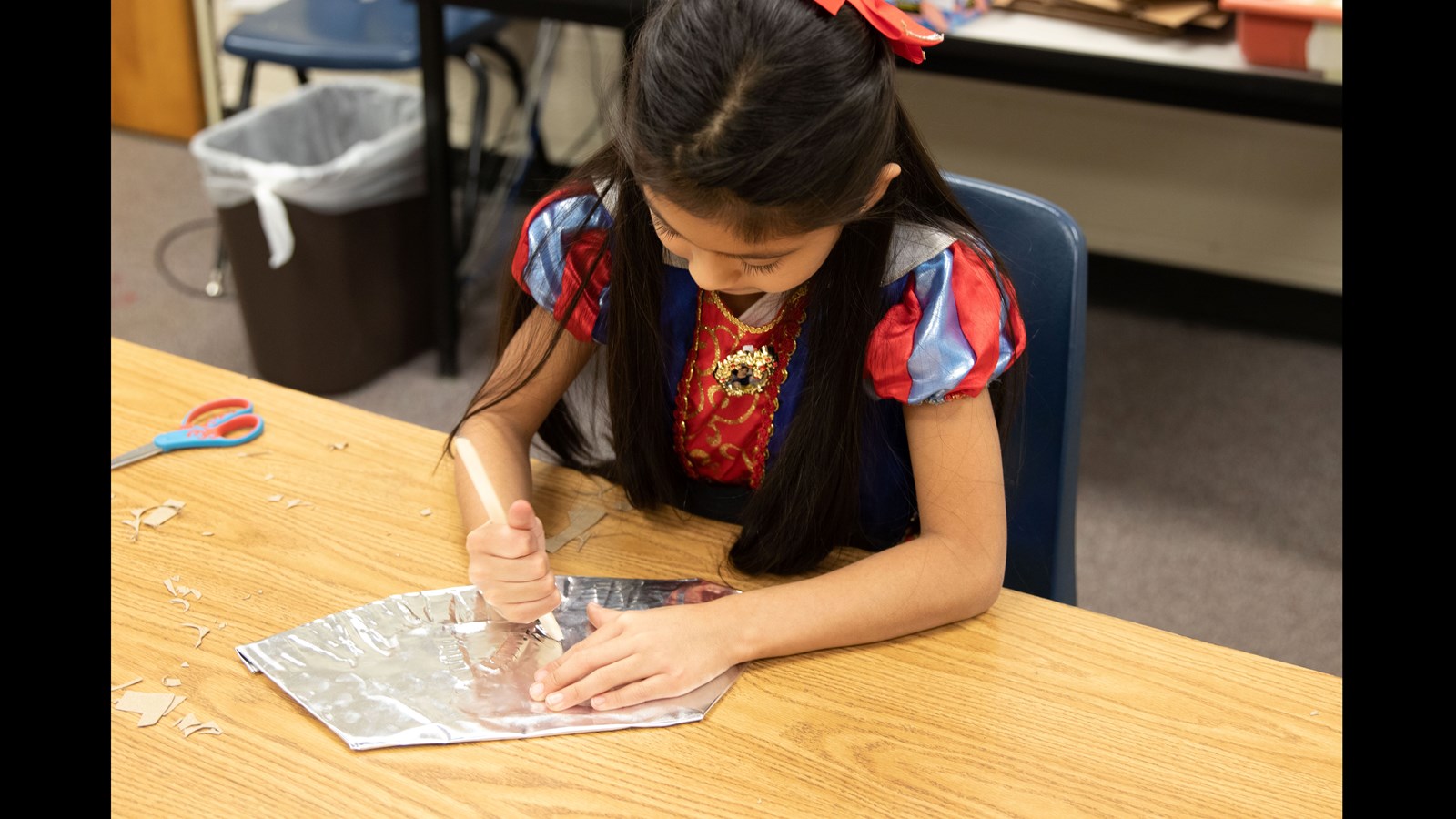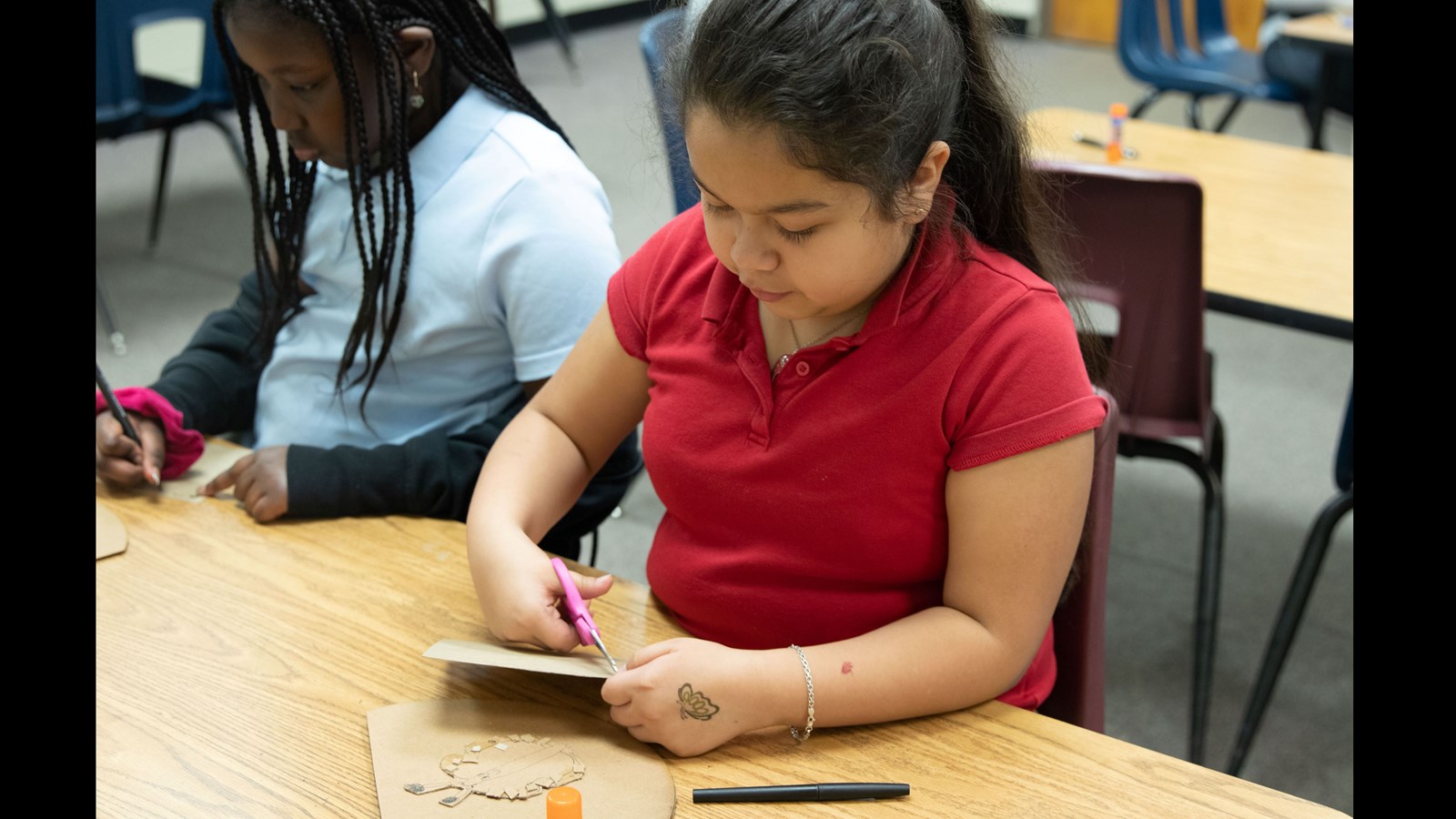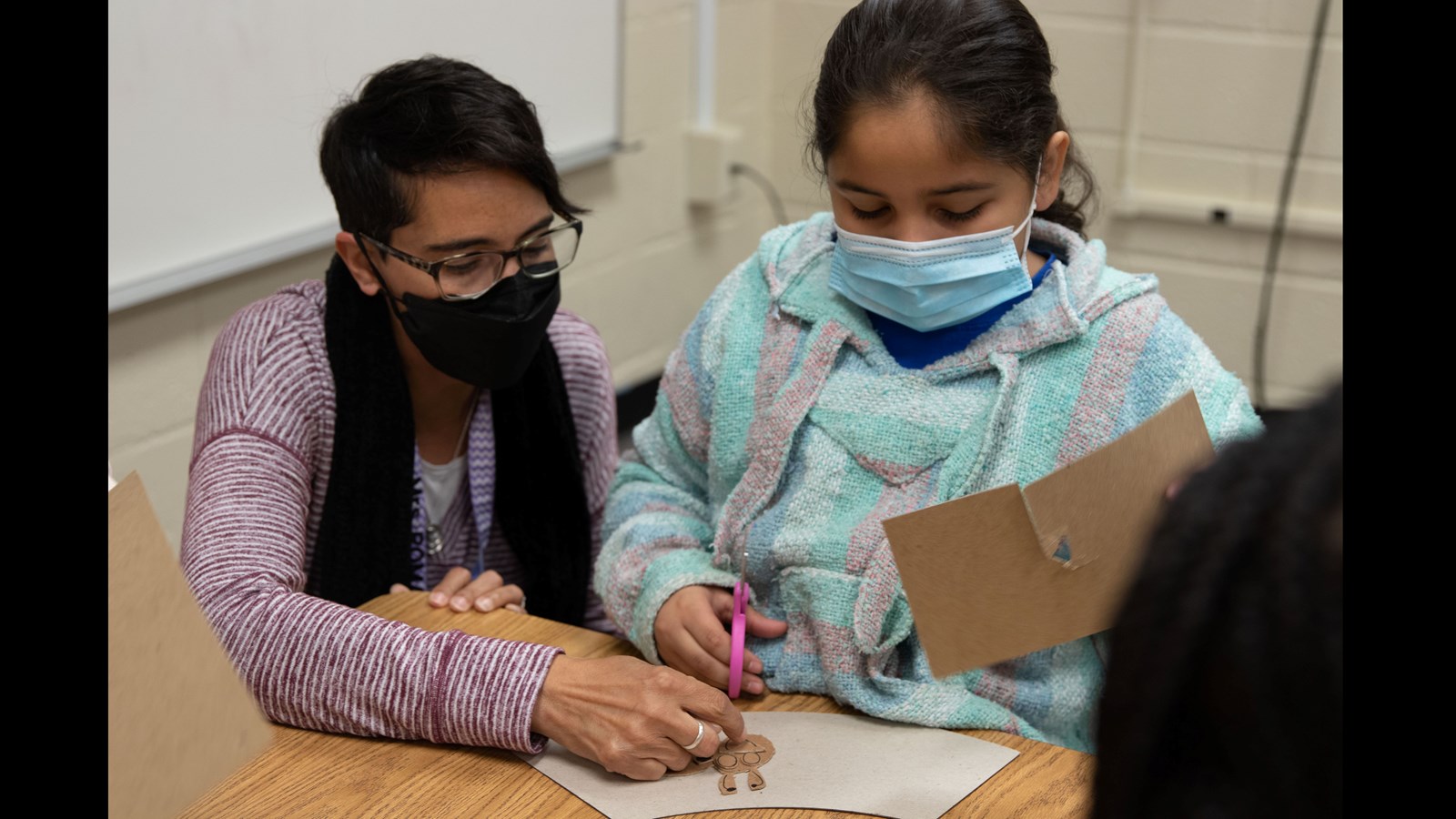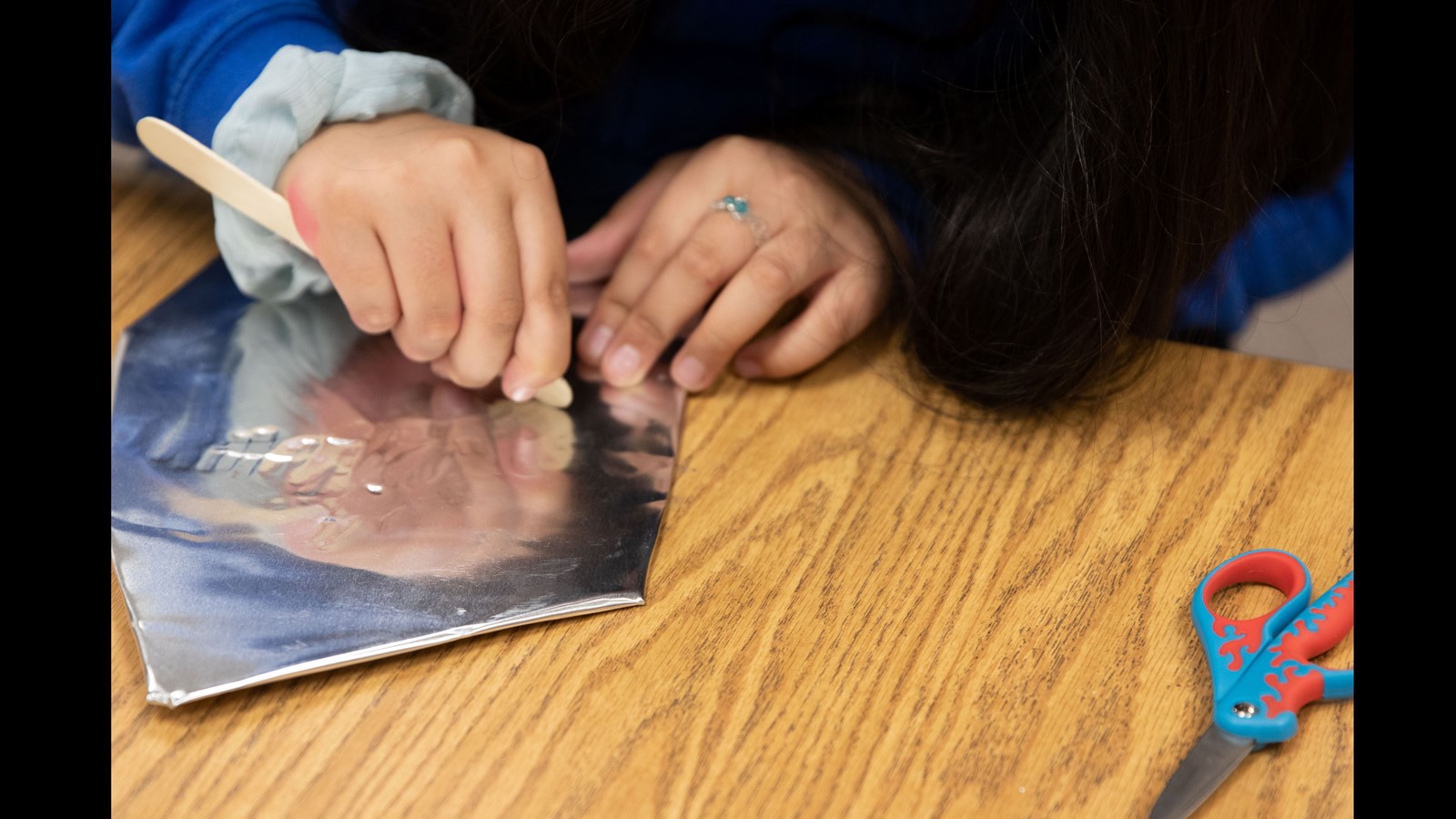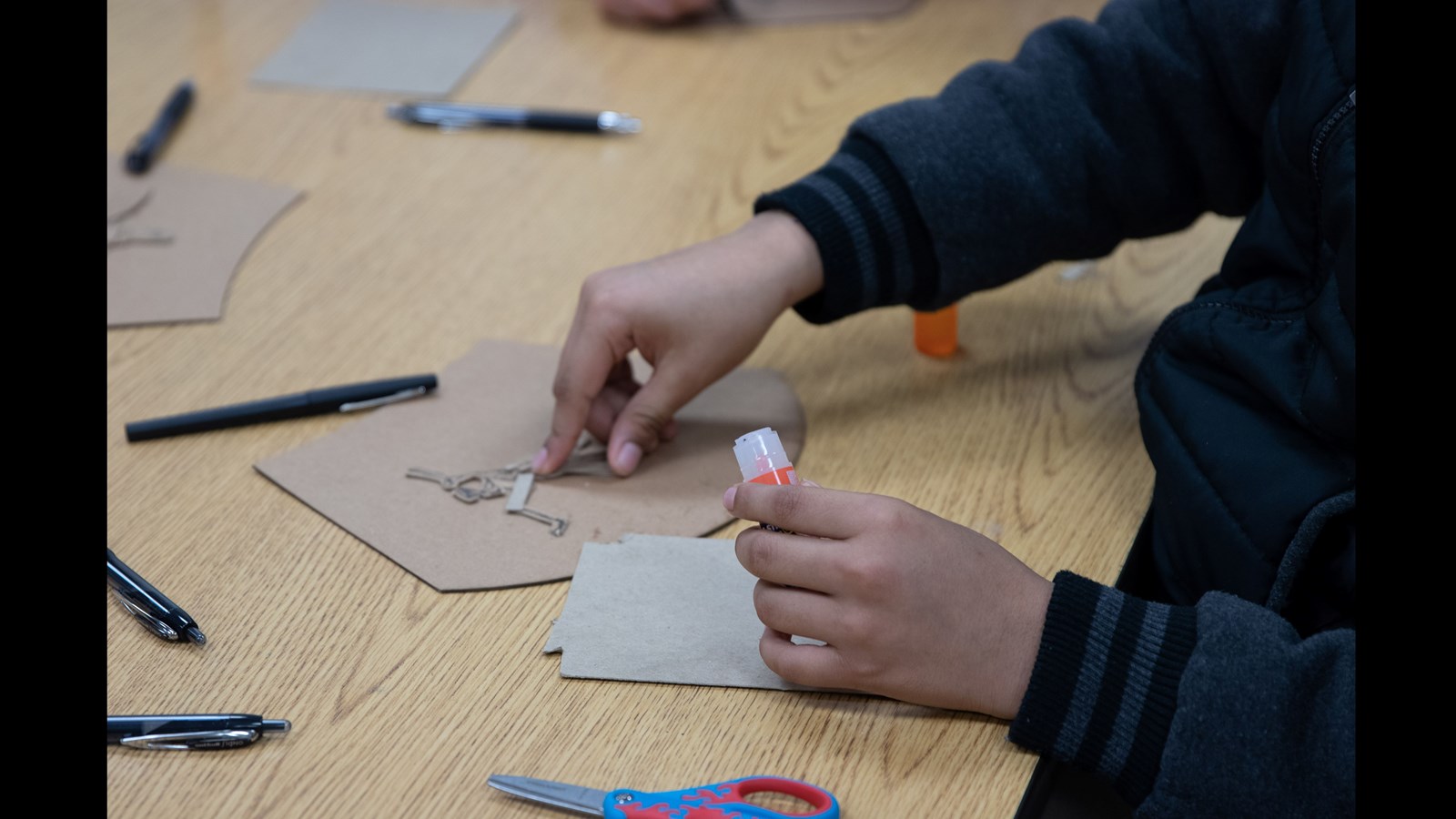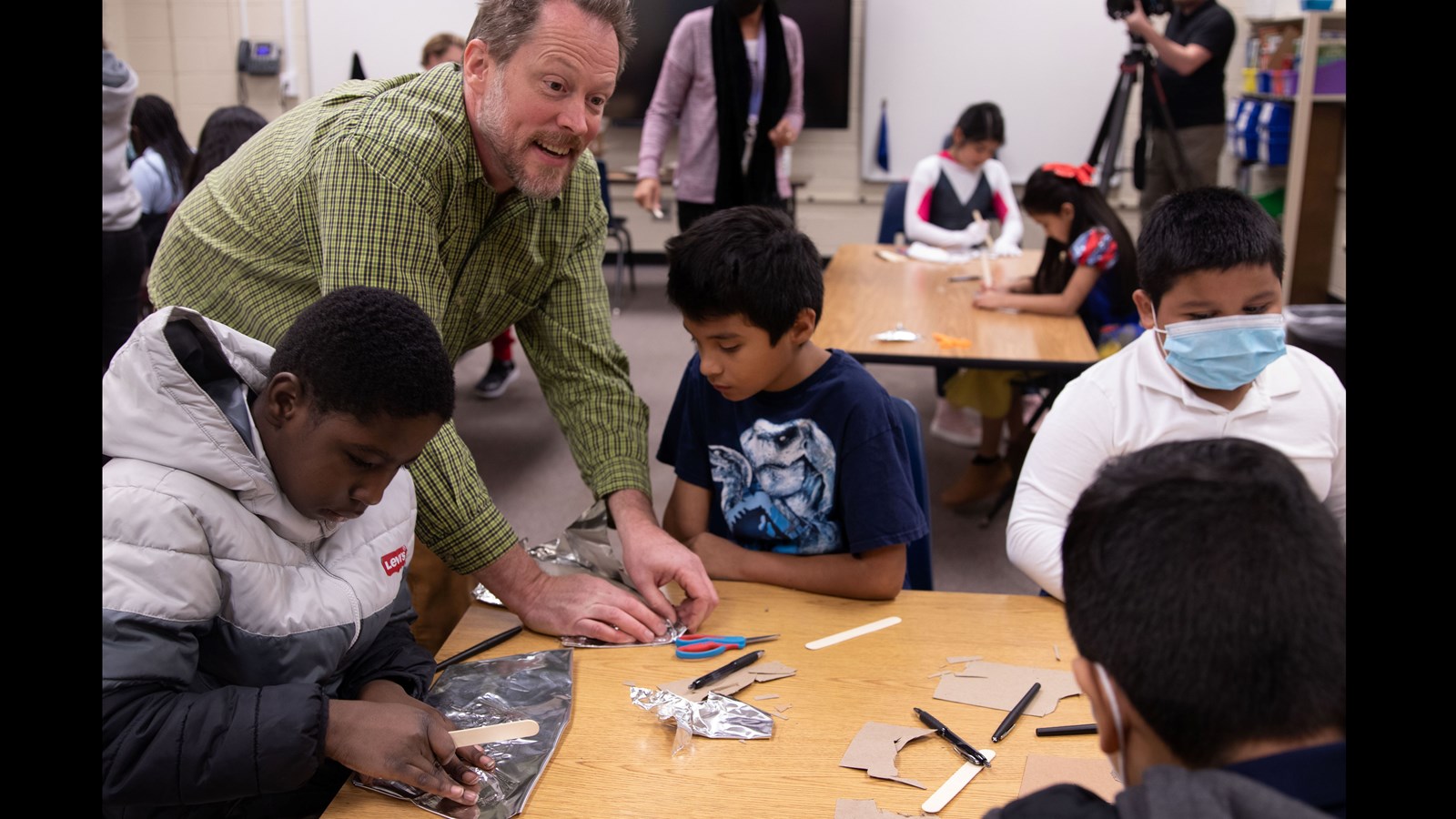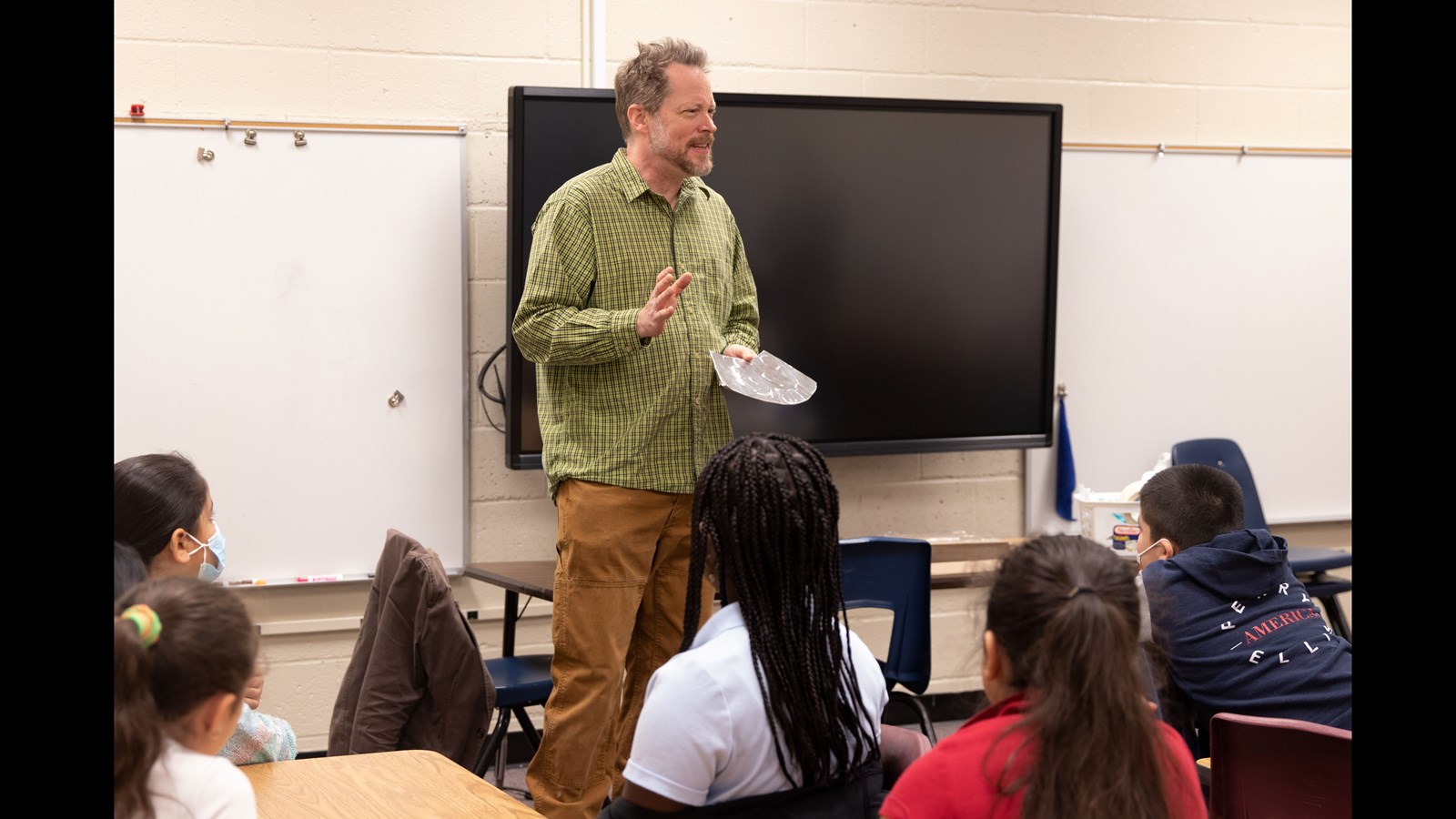LaBelle Hosts Arts Integration Residency, Student Art to Go on Exhibit
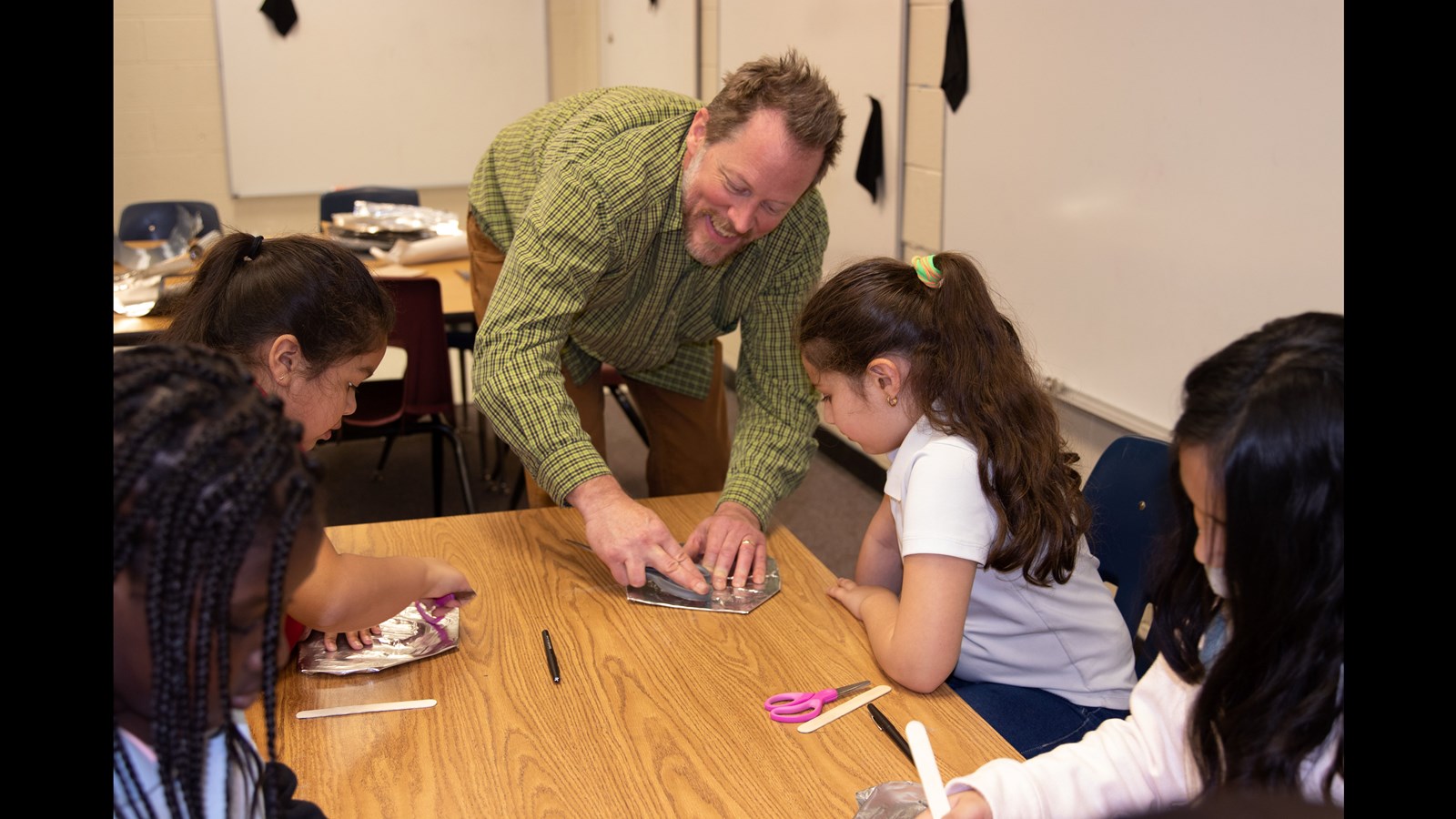
Visitors strolling through the thousands of daffodil blooms inside Smith-Gilbert Gardens this spring will see a collaborative sculpture that features student artwork from LaBelle Elementary School.
The third-grade artists worked under the guidance of the school’s artist in residency to create the sculpture’s foundation. LaBelle hosted the artist in residence from Smith-Gilbert Gardens as part of the school’s art integration program.
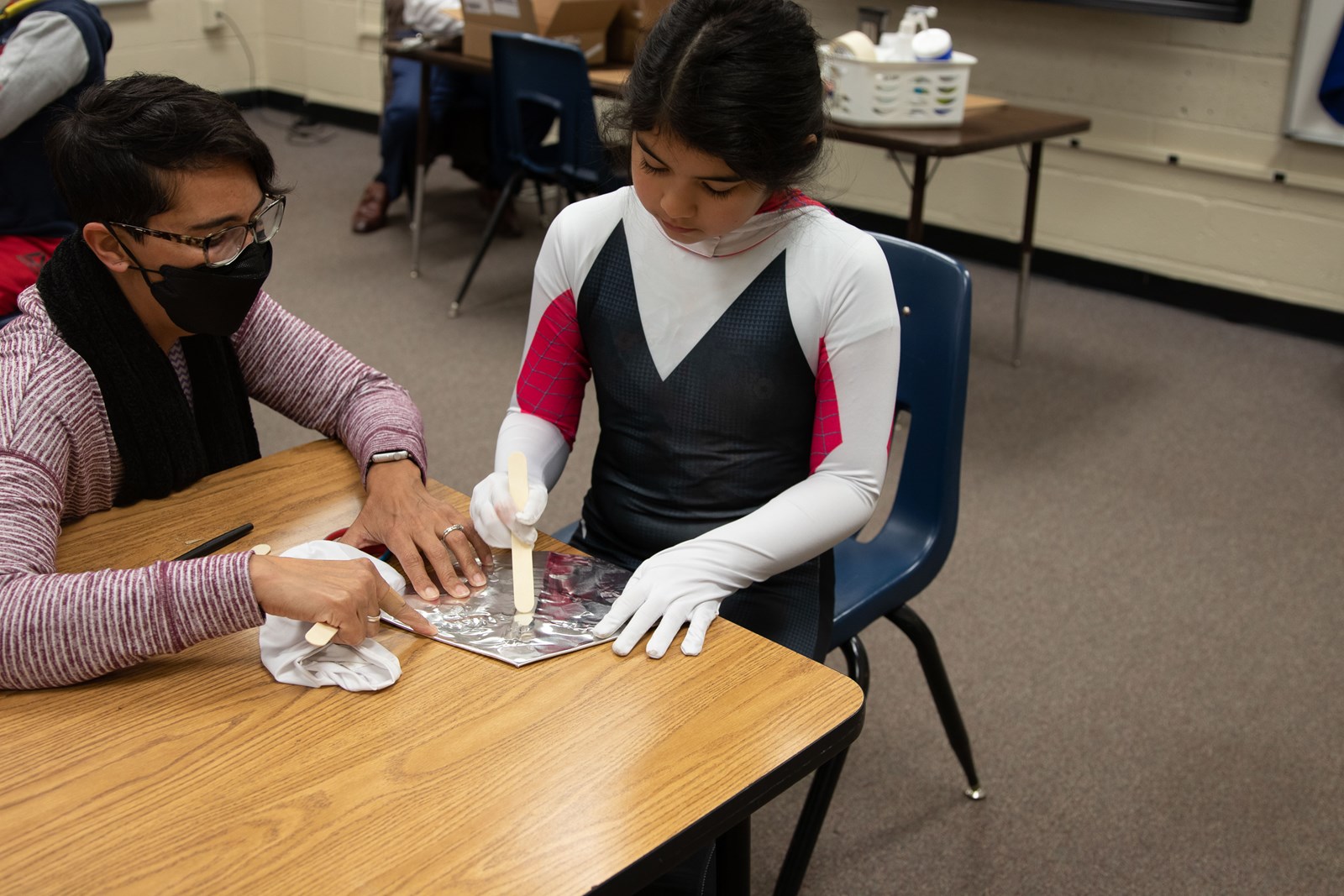 “A key component of arts integration is letting students and teachers experience what it’s like to be an artist, and a key part to experiencing that artistic process is partnering with arts organizations and cultural organizations in the metro Atlanta area and providing opportunities to engage in some art rich projects,” explained Jessica Espinoza, Cobb Schools professional learning specialist for fine arts.
“A key component of arts integration is letting students and teachers experience what it’s like to be an artist, and a key part to experiencing that artistic process is partnering with arts organizations and cultural organizations in the metro Atlanta area and providing opportunities to engage in some art rich projects,” explained Jessica Espinoza, Cobb Schools professional learning specialist for fine arts.
Thanks to the artist in residency, LaBelle students and teachers were able to approach a real-world problem through the lens of an artist. After its community showcase, their creative solution—sculpture—will be on permanent display at LaBelle.
“The students will always remember what they learned about pollinators, about conservation, about visual arts, and bringing it all together,” added Laura LaQuaglia, Cobb Schools Learning Design, and Visual Arts supervisor. “To introduce this, we had a Zoom call with Smith-Gilbert Gardens, and they did a whole lesson on pollinators and conservation linking to the third-grade standards in science. It was a wonderful experience for everyone involved.” 
Professional artist Allen Peterson visited LaBelle several times over a month to work with the third-grade students on crafting their contributions to the art installation, which includes sculpture reliefs of insects and pollinators.
“What’s so great about an artist and residency program is it gives teachers the opportunity to observe that creative process that in artists goes on with students. That helps strengthen their practice because they start to see how they can implement that creative process in their own classroom,” Ms. Espinoza said.
Smith-Gilbert Gardens has hosted field trips and worked with students before, including those in Wheeler High School’s industrial arts program. However, this is the first partnership with an elementary school to create an art project together.
Although this may be the first time partnering with Smith-Gilbert Gardens, it is not the first artist in residency program in Cobb elementary schools with arts integration programs.
“Residencies happen every year. The entire [arts integration] program supported by the district is multifaceted. It incorporates professional learning for teachers to incorporate high-engaging and high-yield strategies to incorporate fine arts instruction with the core content area,” Ms. LaQuaglia said.
The arts integration helps the students grow and connect with their main subject areas. For example, English to Speakers of Other Languages (ESOL) students have an opportunity to express their understanding using different art forms and nonverbal ways to communicate understanding.
“We see kind of this metamorphosis occur [for] students who may be learning English when they engage in the arts,” revealed Ms. Espinoza. “As students, they really come out of their shell, and they feel comfortable expressing things, using their movement, using their body, using visual drawings, sketching, sculpting, with clay, using all of those different kinesthetic learning strategies to express that information.”
 Cobb educators have seen how arts integration has directly impacted student success at the eight participating schools in the District.
Cobb educators have seen how arts integration has directly impacted student success at the eight participating schools in the District.
“Particularly at LaBelle, we’ve seen a pretty dramatic increase in their CCRPI scores from the beginning, and then some other positives noted have been increased attendance. It has also increased our Lexile Levels in some schools because when we started arts integration, it was definitely linked to literacy, and it had a focus on ELA standards,” explained Ms. LaQuaglia.
Students are not the only ones who love the added focus on the arts. The arts integration work is a breath of fresh air for many teachers.
“The reason for that is because they see that students are so engaged through this work,” Ms. Espinoza said. “Teachers get really excited about the student engagement.” 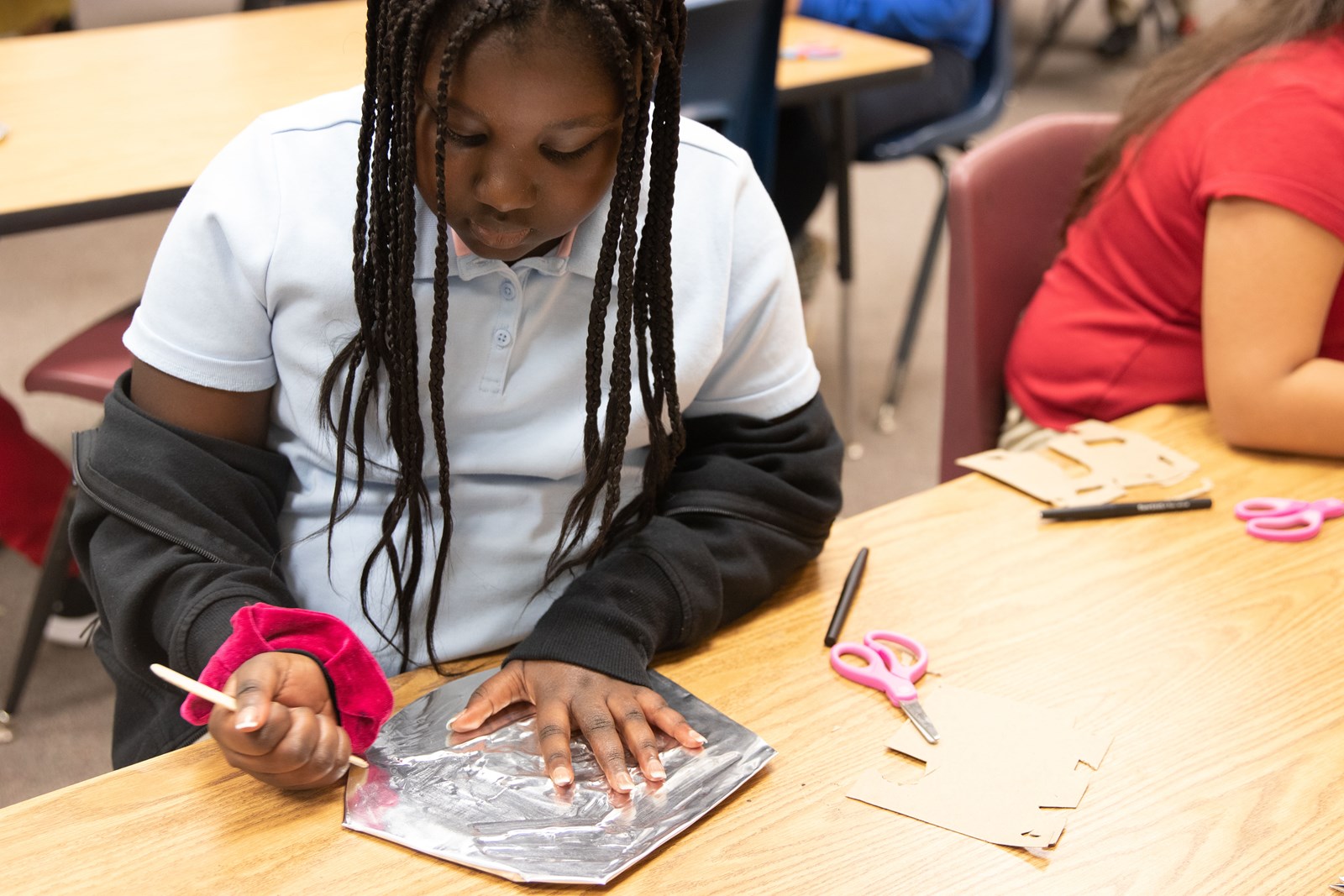
Parents are engaged too. Like the teachers, parents reflect the excitement of their students, who are staying focused and taking ownership of their learning.
“I think that's important for our students to see how relevant the learning is and see that what you do in the math classroom can translate into music and translate into visual art and design thinking and all of those wonderful things,” Ms. Espinoza added.

